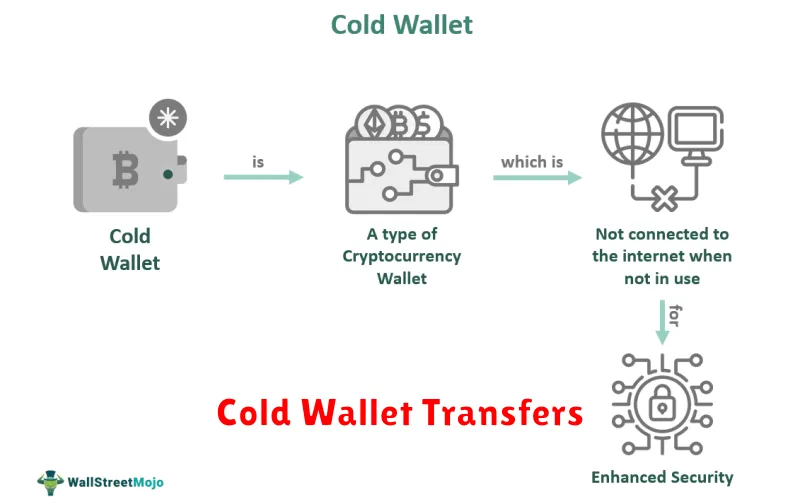Securing your cryptocurrency investments is paramount, and transferring them to a cold wallet is a crucial step in bolstering your digital asset security. This comprehensive guide will walk you through the process of safely transferring your crypto from an exchange or hot wallet to a cold wallet, minimizing your risk of theft or loss. Learn the best practices to ensure a smooth and secure crypto transfer, covering essential steps like verifying addresses, understanding transaction fees, and implementing multi-signature security where appropriate. Master the art of cold storage and safeguard your valuable digital assets today.
Choosing a Secure Cold Wallet
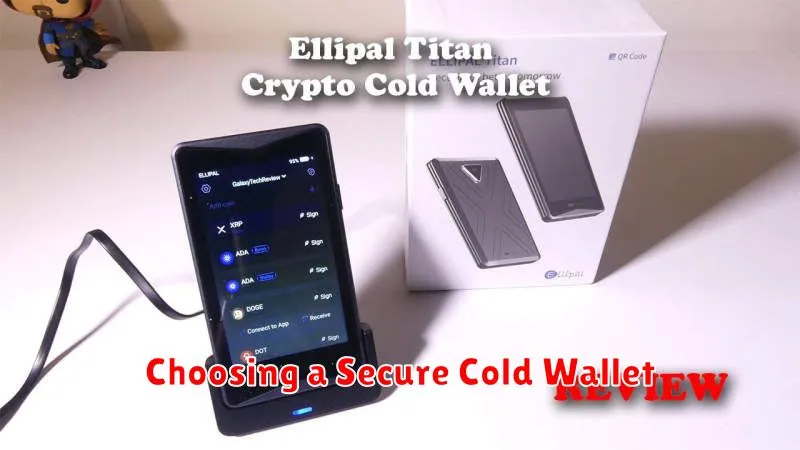
Selecting a secure cold wallet is crucial for safeguarding your cryptocurrency. Hardware wallets, like Ledger and Trezor, offer the highest level of security due to their offline nature. They store your private keys on a physical device, making them resistant to online threats. Consider factors like the reputation of the manufacturer, ease of use, and supported cryptocurrencies when making your choice.
Alternatively, paper wallets provide a basic, offline storage solution. However, they are more susceptible to physical damage and loss. Properly generating and securely storing your paper wallet is paramount. Ensure you follow best practices to prevent theft or accidental destruction.
When making your decision, prioritize reputable brands with a proven track record of security. Read reviews and compare features to find a wallet that best suits your needs and technical proficiency. Remember, the security of your cryptocurrency hinges on the security of your chosen cold wallet.
Understanding Wallet Address Formats
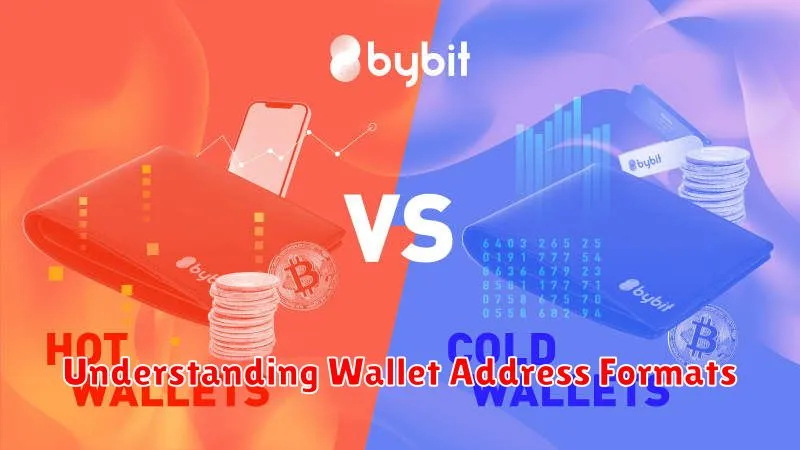
Before transferring cryptocurrency to a cold wallet, understanding the various address formats is crucial for ensuring a safe and successful transaction. Different cryptocurrencies utilize different address formats, and using the incorrect address will result in irreversible loss of funds.
Bitcoin addresses typically begin with a “1,” “3,” or “bc1,” while Ethereum addresses start with “0x”. Other cryptocurrencies each have their own unique prefixes, often incorporating letters and numbers. Always double-check the address format against the specific cryptocurrency’s specifications.
Case sensitivity is another critical factor. Many cryptocurrency addresses are case-sensitive, meaning a lowercase “a” is not the same as an uppercase “A”. Copying and pasting the address directly from the cold wallet’s display is recommended to avoid errors.
Checksums or other error detection mechanisms are frequently integrated into address formats. These help detect typos and prevent accidental transfers to incorrect addresses. Always visually inspect the address for any inconsistencies or errors before confirming the transaction.
Finally, familiarize yourself with the different types of addresses, like legacy, SegWit, and Bech32 for Bitcoin. Choosing the correct address type, as supported by your specific wallet, is important for optimal transaction efficiency and security.
Verifying Transactions Before Sending
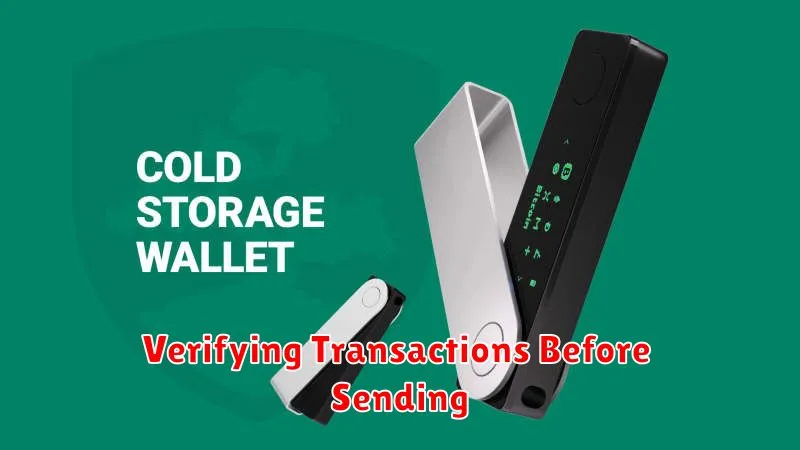
Before initiating any cryptocurrency transfer to your cold wallet, meticulous verification is paramount. Double-check the recipient’s address. A single incorrect character can result in irreversible loss of funds. Compare the address multiple times against the address displayed on your cold wallet device.
Next, carefully review the transaction amount. Ensure it precisely matches the intended amount you wish to send, accounting for any network fees. Any discrepancies could lead to either insufficient funds or unintended overpayments.
Finally, many wallets provide a transaction preview. Utilize this feature to scrutinize all details before confirming the transaction. This preview typically includes the sender’s address, recipient’s address, amount, and network fees. Confirm all details align with your expectations before proceeding.
By diligently verifying these three crucial aspects – recipient address, amount, and transaction preview – you significantly reduce the risk of errors and safeguard your cryptocurrency during the transfer to your cold wallet.
Using Multiple Confirmations for Security
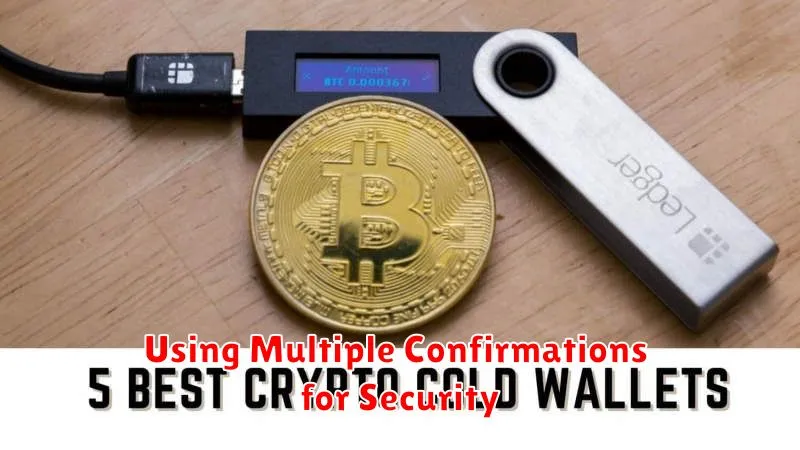
When transferring cryptocurrency to a cold wallet, prioritizing security is paramount. One crucial aspect of this is utilizing multiple confirmations before considering the transaction complete. The number of confirmations required depends on the specific cryptocurrency and its network, but generally, a higher number translates to greater security.
Each confirmation represents a block added to the blockchain, verifying the transaction’s validity. Waiting for multiple confirmations significantly reduces the risk of transaction reversal or double-spending attacks, especially when dealing with substantial amounts of cryptocurrency.
While waiting longer for confirmations might seem inconvenient, the enhanced security far outweighs the slight delay. This extra layer of verification is a critical safeguard against potential threats and ensures the safe arrival of your funds in your cold wallet. Consult the specific documentation of your chosen cryptocurrency for recommended confirmation numbers.
Backing Up Private Keys Properly
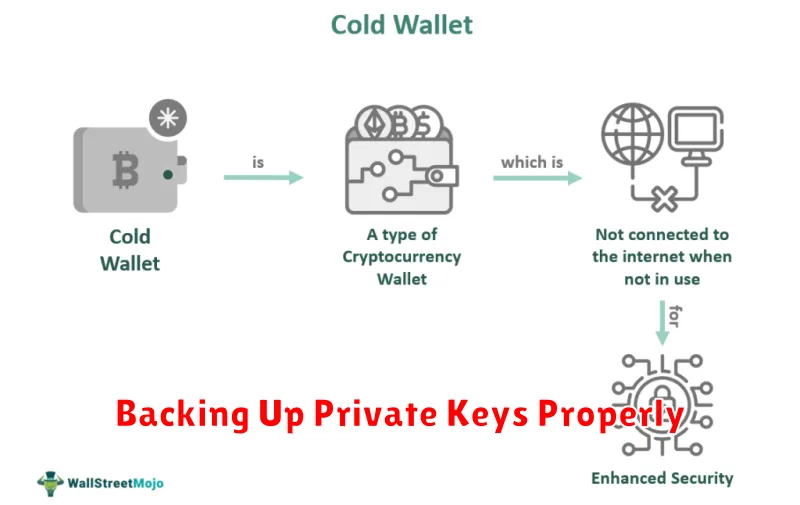
Private keys are the foundation of cryptocurrency security. Losing them means losing access to your funds, irretrievably. Therefore, backing them up correctly is paramount.
Avoid storing private keys digitally on your computer or phone. These devices are vulnerable to malware and hacking. Instead, utilize physical, offline methods.
A reliable method is to write down your private keys on multiple pieces of paper. Use a durable pen and store these papers in separate, secure locations. Consider using a metal plate or a tamper-evident seal for extra security.
Another option involves utilizing a hardware wallet’s backup functionality. These devices often offer secure methods for backing up your seed phrase. Always follow the manufacturer’s instructions carefully.
Never share your private keys with anyone, under any circumstances. Anyone with access to your private keys controls your cryptocurrency.
Regularly verify the integrity of your backups. If using paper backups, visually inspect for damage. If using a hardware wallet backup, ensure you can successfully restore your keys.
Remember, proper private key management is the cornerstone of cryptocurrency security. Prioritize secure storage and regular verification to protect your assets.

